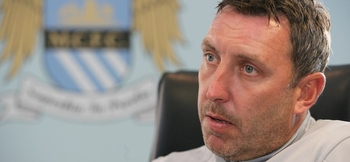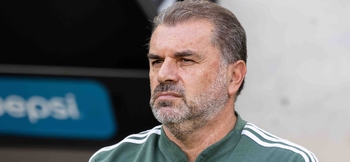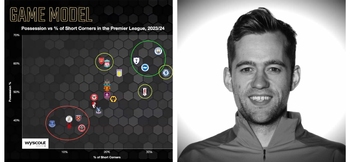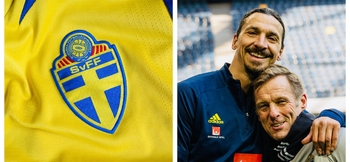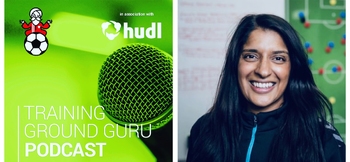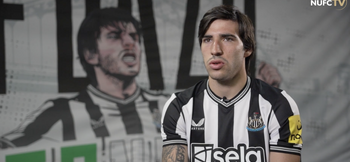Juninho and Assunção: The Federer and Nadal of free kicks
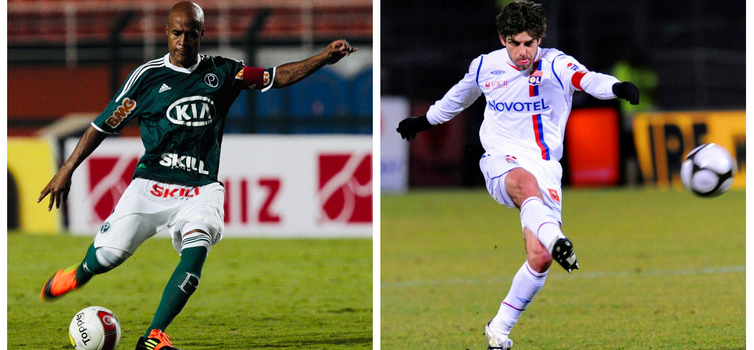
Written by Simon Austin — November 23, 2018
WHO’s the best free kick taker of them all?
Roberto Carlos? David Beckham? Cristiano Ronaldo? For Bartek Sylwestrzak, they don’t even come close.
Having forensically studied the world’s best free kick takers for two decades, the Polish ball-striking coach believes there are just two dead ball deities.
“Juninho Pernambucano and Marcos Assunção were truly excellent free kick takers," he tells TGG, "they had an armoury and strike rate no-one else can match.
“They are the Federer and Nadal of free kicks – it’s hard to choose between them. They both had the skill to work out the ratio between spin and power, meaning they could be effective from all different angles and distances."
Juninho retired from football in 2013 and remains the record holder for free kicks scored, with a staggering 76. Of these, 44 were scored during his heyday at Lyon, when the French side won seven consecutive league titles.
Four of the 44 were scored from more than 40 yards out, using the 'knuckleball'.
“Juninho developed the knuckleball," explains Sylwestrzak, who teaches ball striking and free kick taking to professional players. "This was a powerful strike with minimum spin rate that causes the ball to deviate in flight.
"This deviation is further magnified by the design of modern footballs. This made him hugely effective from long distances."
Juninho, who won 40 caps for Brazil and played regularly in the Champions League for Lyon, scored free kicks against many of the finest goalkeepers of the day, including Iker Casillas and Oliver Kahn.
His knuckleball has been widely studied and imitated, with players like Andrea Pirlo citing him as an inspiration.
Assunção, who, like Juninho was a Brazil international and central midfielder, didn't use the knuckleball, but was nevertheless able to apply a variety of spin and power.
“Assunção's top spin swing was absolutely top quality,” Sylwestrzak says. “Edge of the area is a difficult skill, because you have to apply a lot of forward spin to bring the ball down while also lifting it over the wall. Assunção was superb at that.
Assunção played for six years in his homeland before Roma brought him to Europe in 1999. He spent three years in the Italian capital before moving to Real Betis, where he had the finest spell of his career.
Unfortunately, there aren’t accurate stats for how many free kick goals the midfielder scored during his career, although the man himself believes it could be more than 100. In three years at Palmeiras, he scored 25, which is a staggering statistic.
So why did the Brazilian duo become so good? As is so often the case, it seems to have been a mixture of physical and mental gifts allied with relentless practice.
“One of the players Juninho imitated was Roberto Baggio, who was also renowned for his free kicks," Sylwestrzak says. “Commitment, repetition and technical feedback are the foundations of good ball striking. The players with quality are the ones who stayed behind at the end of training to practise.”
“Juninho imitated the good stuff that Roberto Baggio was doing, but actually refined it and took it to the next level. Often this stuff happens at a subconscious level.
“With his technical attributes and physical bodyshape and practise he was able to take it to the next level. I spoke to one of his former team-mates at Lyon, Mahamadou Diarra, and he told me it was remarkable to watch Juninho take these free kicks at the end of a session.
“Often players do not practise their free kicks at all. Excellence is not possible through team practices. It is an individual skill."
Some of the players with the biggest reputations for dead ball striking – the ones we've mentioned at the top of the piece – were scorers of great free kicks, but not great free kick takers, according to Sylwestrzak.
- Roberto Carlos - “scored some spectacular goals but was never consistent scorer and his swing doesn’t lend itself to it.”
- Cristiano Ronaldo - “ is an inspirational player but has been struggling with the same technical problem with his swing for about 15 years. One of the biggest problems is lifting the ball and he hits more than 50% of his free kicks into the wall.”
- David Beckham - “was a very good ball striker and some of his swings were top quality, but he had nowhere near the consistency or range of Juninho and Assunção.
However, honourable mention does go to another stellar name, who is the nearest pretender to the two Brazilians.
“I remember watching him play for Italy youth teams and he was hitting the classic curlers," Sylwestrzak says. "Towards the end of his career he was able to put some forward swing on the ball and was also able to copy Juninho with the knuckleball.
“Andrea Pirlo could apply a bit of forward spin to a short free kick and was very accurate. But through his practise over the years he also learned to use the knuckleball with some accuracy."
Indeed, in his 2014 autobiography, ‘I Think Therefore I Play,’ Pirlo admits he studied Juninho and talks about his Eureka moment, when he worked out how to strike a knuckleball.
“I studied him intently, collecting DVDs, even old photographs of games he had played," Pirlo writes.
"Eventually, I understood that the magic formula was all about how the ball was struck, not where: only three of Juninho’s toes came into contact with the leather.
“In essence, the ball needs to be struck from underneath, using only three toes. You have to catch your foot as straight as possible and then relax it in one fell swoop.
“That way, the ball doesn’t spin in the air but does drop rapidly towards the goal. That’s when it start to rotate."
It's admirable that such a renowned player continued to learn and improve even in the latter years of his career.








